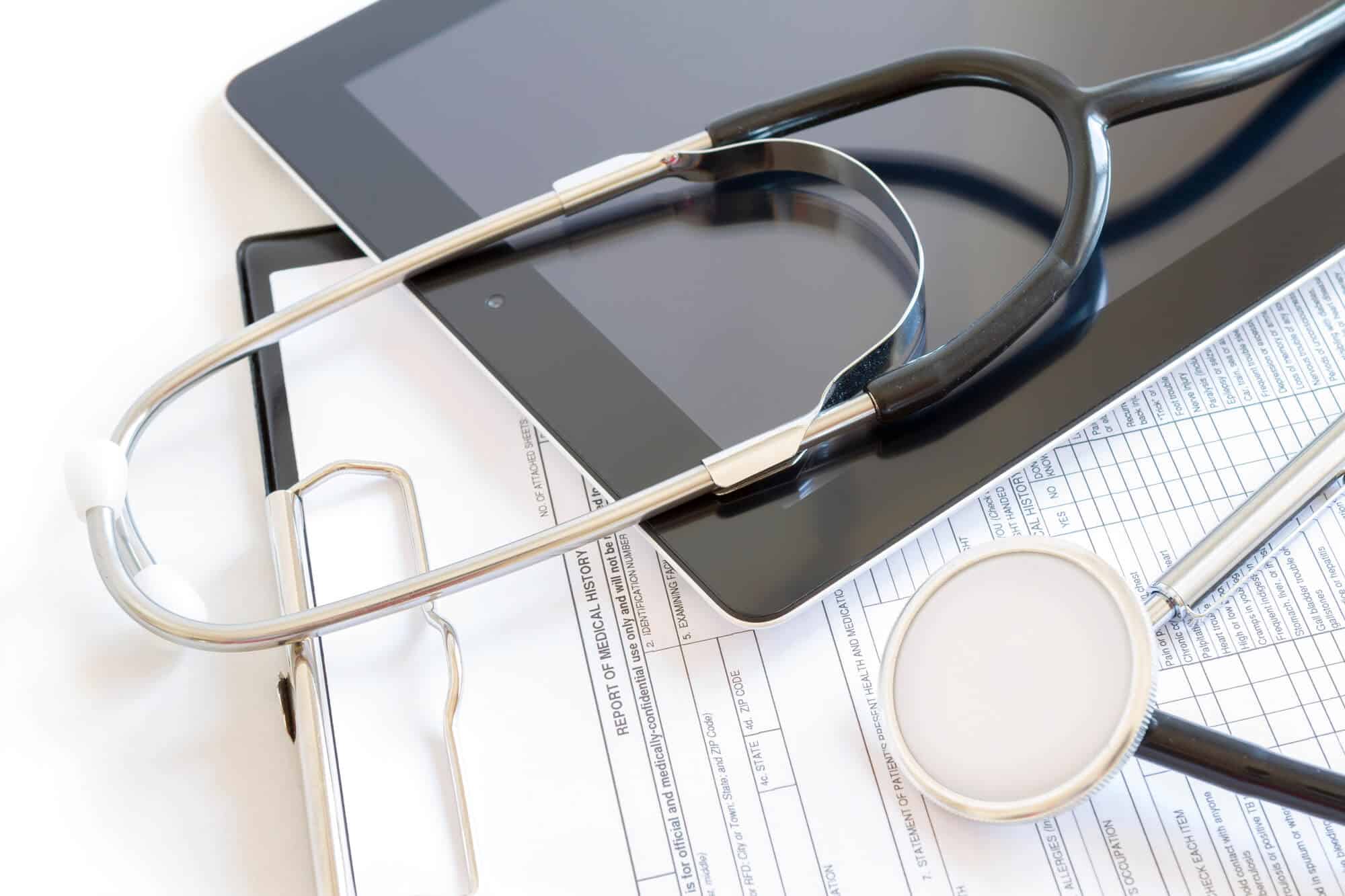How to Translate Medical Reports: 6 Steps to Follow

Clear communication is important for everyone involved in the medical and healthcare sector. That’s why medical translation plays a crucial role in bridging communication gaps in this industry.
While medical translation falls in the domain of technical translation, it’s not technical in the sense that it incorporates technology. It’s called technical translation because it relates to a specific industry. That is, it’s not general.
Medical report translation is one of the many types of translation required in the medical industry.
From translating medical records to diagnoses, medical translation maintains clear understanding among patients, doctors, healthcare providers, and medical institutions.
In this article, the first in a series about medical translation, we’ll be talking about the different types of medical texts that often require translation. We’ll also provide you with a process for translating medical reports.
What Is a Medical Report?
A medical report is a report that focuses on a person’s or patient’s medical history. Medical reports should be written by your doctor, who is familiar with your medical history and conditions.
Medical reports are important for patients traveling abroad for treatment, surgery, or those emigrating to another country.
Naturally, when traveling abroad it’s best to have your medical report translated into English or the language of the country you’re going to. This will facilitate the process if you’re hospitalized, if your conditions worsen, or if you need a medical consultation.
In the United States, medical reports are used to support claims for Social Security Disability benefits, according to the official Disability Benefits Help website.
Types of Medical Reports that Need Translation
When it comes to medical report translation, there are many reports that doctors need to treat patients. Here is a list of the top medical reports that require translation:
- MRI and X-ray test results
- Lab results
- Patient files and records
- Allergies report
- List of patient medications
- Drug tests
- Consultation reports
- Physical examination reports
- Insurance policy claims
- Clinical treatments
- Hospital intake and discharge summaries
- Chronic conditions
- Mental health history
- Pregnancy and/or fertility reports
- Emergency room visits
- Medical bills
This is, by no means, a comprehensive list. Doctors may ask for other types of tests which require translation.
In addition to reports, there are other medical documents you may need to translate such as:
- Medical insurance forms
- Legal patents and contracts
- Medical notes by doctors (likely in audio format)
Other resources that require medical translation services include:
- Medical journals
- Clinical trials
- Medical research papers
- Medical devices and how-to user guides
- Medical software (including medical mobile app translation)
By now you should have an idea about the most common types of medical reports and documents that require translation.
By now you should have an idea about the most common types of medical reports and documents that require translation.
How to translate medical reports: A quick guide

Most medical reports and documents require a medical translator. That’s a translator with a medical or nursing background who is proficient in two languages.
As you can see the requirements for translating medical documents are high, resulting in the generally higher cost of medical translation.
If you’re looking to become a medical translator or are curious about how medical texts are translated, this 6-step process will help you out.
1. Review The Text and Pinpoint Unfamiliar Terms
The first step in dealing with technical translation is reading the text carefully and highlighting the medical terms that aren’t familiar to you.
This initial review helps you set the foundation for your translation process. It enables you to identify potential challenges early on and have a clear understanding of the content overall.
2. Create a Glossary and Use a Medical Dictionary
With medical and other types of technical translation such as pharmaceutical translation, engineering, and others, it’s best to create a glossary. Even more, create a glossary for each branch in this field.
If you need to translate medical reports and texts in several areas of medicine, then create a digital glossary for each. This way, you’ll be able to dig up the glossary you want when you get that specific field. It’ll also be easier for you to update this glossary.
For example: If you’re asked to translate medical reports or documents about pediatrics and oncology the most, having one glossary for each field will speed up your medical translation process later on.
It’s also essential that you have a medical dictionary on hand in the language pairs you use. For example, if you need to translate medical terms from English to Arabic, then find the relevant dictionary for this language page.
3. Transcribe If Needed
This is an optional and situational step but may be required if the text you’re handling is in audio format or comes with supplementary audio. This is more common with patient case files and patient-related notes.
In this case, it’s best to transcribe the audio first. Then, you should revert to steps 1 and 2.
4. Start Translating
Now it’s time to begin translating the medical report while checking your medical glossary or dictionary when needed.
One of the top challenges of medical translation is accuracy, so be sure you understand the text before you because it could – literally – be life or death.
5. Review Your Work
Medical reports are often used to determine whether a patient is fit for surgery or not. Accordingly, your translation should be as accurate as possible.
If you’re not sure about something, it’s best to consult a doctor in the same field you’re translating. For example, if you’re translating a medical report for a child, then you may resort to a pediatrician to confirm a medical term or clarify a point in the text.
6. Consult A Reviewer
Now that you’ve finished translating the medical report and reviewed it, it’s time to hand it over to a reviewer. This person should fact-check the information you provide, proofread the text, and conduct a grammar review.
They’ll also need to ensure that the translation is clear and can be easily understood by medical professionals and patients alike.
How Much Do Medical Report Translation Services Cost?
Medical report translation is a difficult form of translation. Naturally, it’s costly. However, the cost of medical report translation services can vary based on several factors.
All in all, translating medical reports isn’t about finding a translator, it’s about hiring the right one.
Factors Impacting Medical Translation Costs
1. Text Complexity
The complexity of the text and the medical terminology involved is one of the main factors impacting the cost.
Medical reports are like a different language on their own. They mostly contain complex terminology and technical jargon that only a qualified translator can accurately translate.
For that reason, quotation rates are determined based on the translator’s level of skill and expertise in the medical field.
2. Size of Project
The size and volume of a project are primary factors in determining medical translation costs.
Longer documents with extensive content require extra time and resources to check, which impacts the overall cost.
On the other hand, small-scale projects are easier to handle, quicker to translate, and therefore less costly.
Projects are often priced based on word count. However, having elements like graphs, tables, and diagrams impacts cost.
3. Language Pair
Some languages are widely spoken, which makes them more affordable to translate compared to less common ones.
Translators skilled in a language pair with high demand usually command higher costs based on supply and demand dynamics.
Also, languages with distinct writing systems or complex grammatical structures can drive up translation costs.
4. Urgency of Translation
It’s normal for translators to charge extra for urgent translations, especially in specialized forms of translation like medical translation.
Tight deadlines usually force translators to prioritize the project and exert more effort to meet client expectations.
To put that simply, getting a tight deadline will cost you.
5. Specialized expertise
Medical report translation is one of the translation types that requires skills and experience beyond linguistic proficiency.
That’s why medical report translators with a background in medicine, healthcare, or related fields charge higher rates than their peers.
Combining proficiency in language pairs while understanding the medical field brings translation to the next level.
6. Quality assurance and Regulatory Compliance
Accuracy is key when it comes to medical report translation, and so is compliance with global regulatory standards.
Accordingly, translation agencies or even freelance translators highly invest in quality assurance processes to make sure everything is spot on.
These processes include robust practices like source content verification, functional testing, linguistic testing, and visual testing.
As a result, medical report translation experts may charge higher rates to cover the cost of these practices.
Conclusion
Since COVID-19 emerged in 2020, the need for medical report translation has increased. Obviously, with a pandemic, more people—both medical and non-medical readers—have become more interested in their health and want to know more about the symptoms of the various coronavirus strains.
But medical translation isn’t new. Doctors and researchers have always—and will always—need to review data, files, documents, and research by other doctors in other countries and languages.
Need help translating medical texts? Then get in touch with TranslationPartner and our medical translators will ensure your content is accurate and clear for your target reader.
